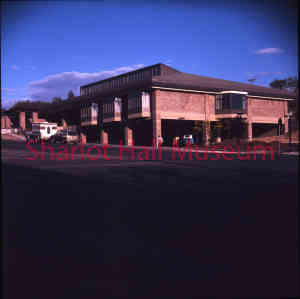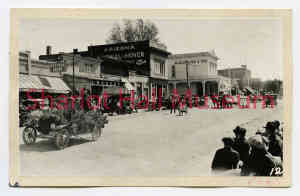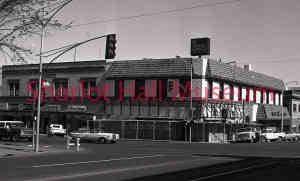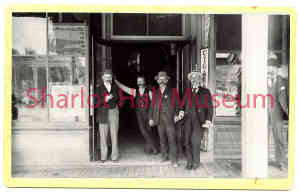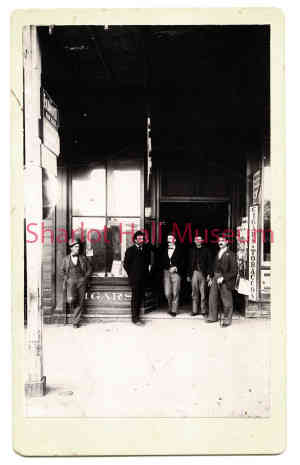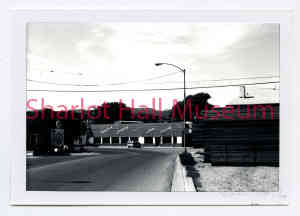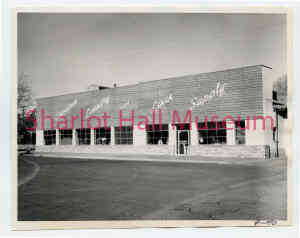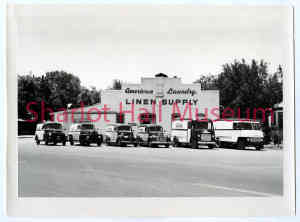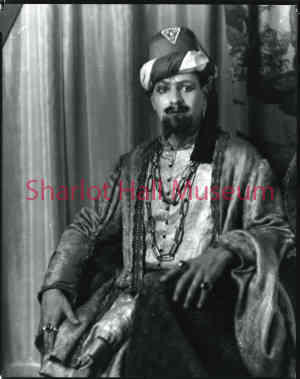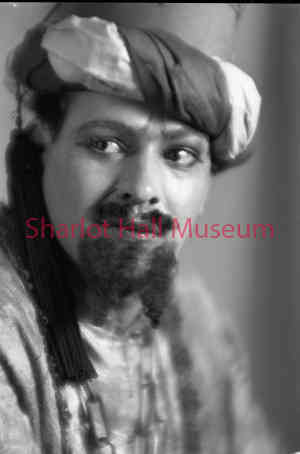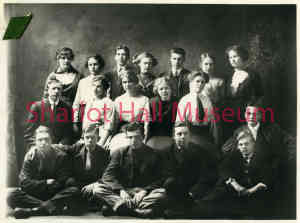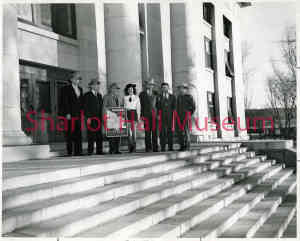1400-8042-0000
<p>Prescott Public Library</p>
Buildings - Businesses
1400-8048-0000
<p>Cortez Street Stores</p>
Buildings - Businesses
1400-8052-0000
<p>Eagle Drug Store</p>
Buildings - Businesses
1400-8053-0001
<p>Alvord Aitken's Store</p>
Buildings - Businesses
1400-8053-0002
<p>Alvord Aitken's Store</p>
Buildings - Businesses
1400-8055-0001
<p>American Laundry & Linen Supply</p>
Buildings - Businesses
1400-8055-0002
<p>American Laundry & Linen Supply</p>
Buildings - Businesses
1400-8055-0003
<p>American Laundry & Linen Supply</p>
Buildings - Businesses
1700-0900-0001
<p>John "Jack" A. Jaeger</p>
Portraits
1700-0900-0002
<p>John "Jack" A. Jaeger</p>
Portraits
1700-0906-0000
<p>Prescott High School Class of 1914</p>
Portraits
1700-0907-0001
<p>YCBS & PCC Officials</p>
Portraits
